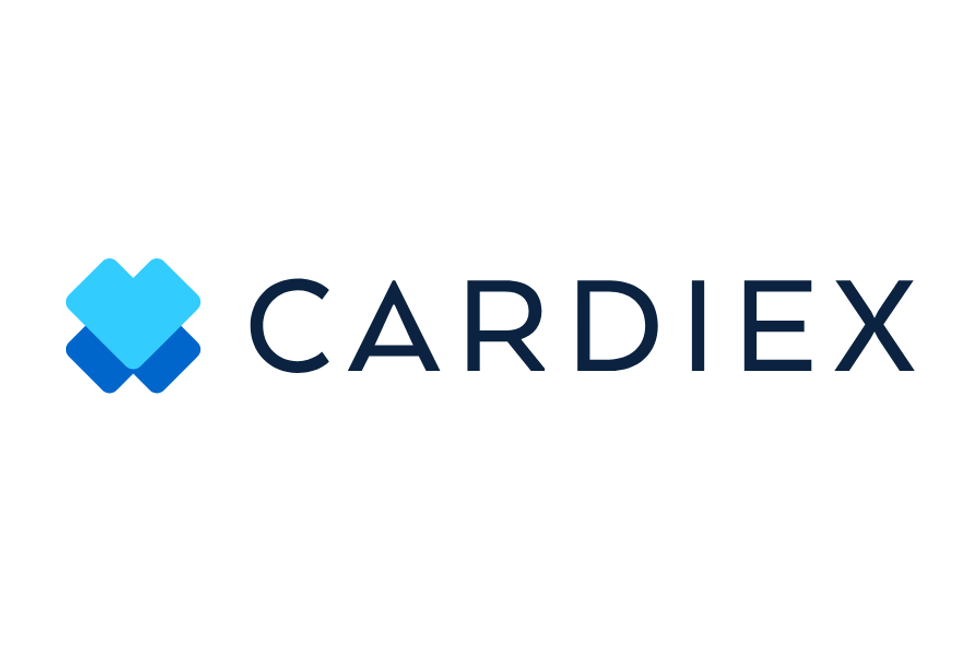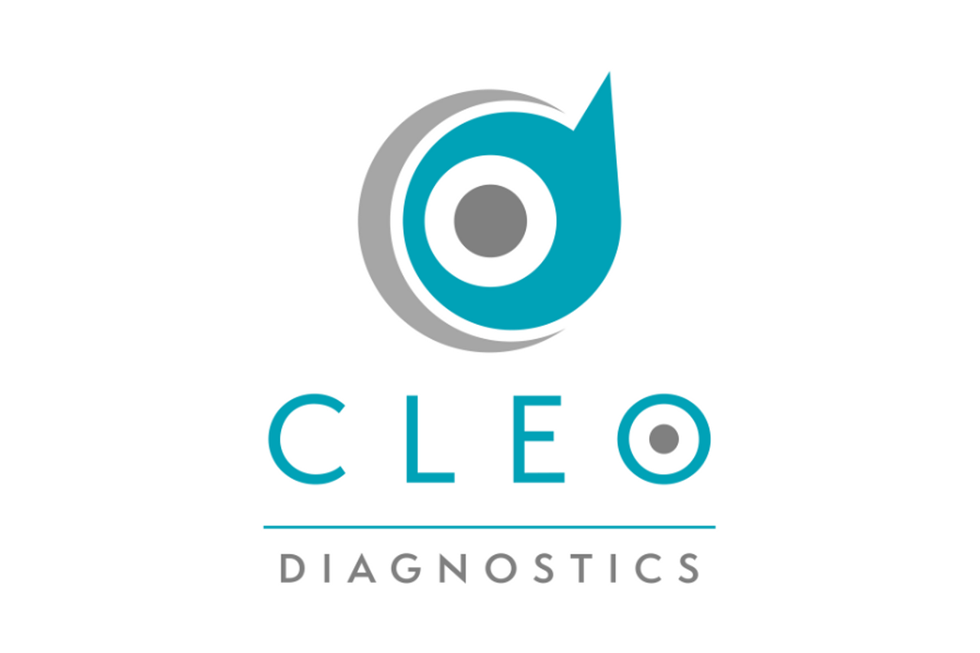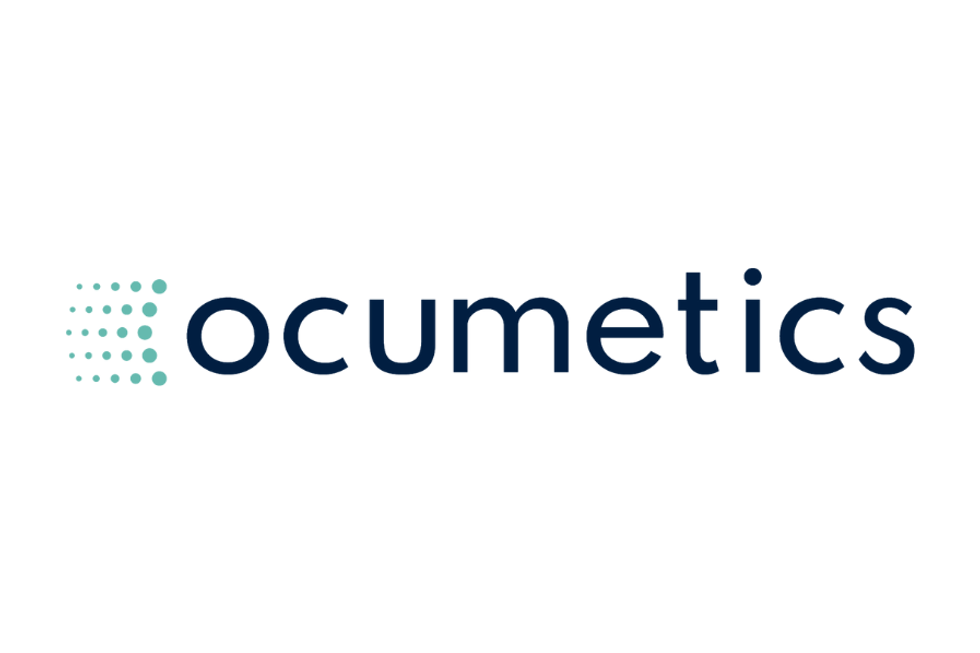Medical Device Outlook 2017: Radical Innovation Raises Regulatory Questions

2016 proved medical device manufacturing is a fast-moving field with the potential to majorly disrupt medicine. So what’s ahead?
On the surface, medical device manufacturing might not seem as cutting edge as say, genetic engineering. After all, the medical device industry is long-established: key regulatory frameworks have already been determined, the rules laid out. To many, medical device stocks represent the staid side of the life science sector—traditional and unsurprising. That’s not necessarily a bad thing—but it’s also not necessarily true.
As 2016 proved, medical device manufacturing is a fast-moving field with the potential to majorly disrupt medicine. And as with any pioneering, high-tech sector, that means plenty of regulatory questions remain up in the air.
Regulatory issues in 2016
The US FDA is paying more attention to how medical devices are regulated. In 2016, for example, the agency released guidelines on managing privacy concerns, calling for companies to consider cybersecurity at every stage of product development. Later in the year, the FDA took on the broader testing and approval process for medical devices, outlining a variety of areas where it could be improved.
The FDA’s intervention hasn’t always made things easier for medical device companies. In fact, changes to compliance regulations can slow down clinical progress—that was the case in 2016.
“The decision by the FDA to issue new guidelines on applying human factors and usability engineering to medical devices was a further challenge presented to the medical device market,” a spokesperson for Titan Medical told Life Science Investing News.
Interestingly, these are the kinds of issues most associated with cutting edge technologies. One of the drawbacks with genetics investing, for example, is that we don’t know how genetic engineering will be regulated in the future.
But as 2016 made clear, the more established medical device industry is subject to this same uncertainty—because the technology these days is so novel and pioneering.
A new generation of medical devices
Take bioelectronics. This nascent field generated a lot of excitement in 2016, particularly with the launch of Galvani. “These will be connected devices,” Company President Kris Famm said of the therapeutic implants, which work by correcting nerve signals. “You can have monitoring, adjustment, even, in essence, you can have an upgrade. That does build in vulnerability.”
Managing cybersecurity then, becomes a major concern for this new generation of medical devices going forward. Of course, Galvani has time—they don’t expect to release clinical data for three years. But that doesn’t mean regulatory questions are all in the future—indeed, other segments of the medical device industry are dealing with similar issues now.
Consider Titan Medical (OTCQX:TITXF, TSX:TMD) : they’re at work on robotic surgery. This segment of the market has ample potential: it may one day allow surgeons to perform operations remotely. But there are still plenty of questions about robotic surgery—and that can make for a more volatile market.
So when TransEnterix (NYSEMKT:TRXC), another robotic surgery company, had their product rejected by the FDA, Titan Medical felt the fallout. It resulted in a “perception of uncertainty,” Titan told us, with investors questioning “whether there was a change taking place within the FDA towards further introductions of computer assisted robotic surgery.”
“This concern does not appear to have been born out,” Titan’s spokesperson noted, but it does prove our larger point: there is regulatory uncertainty in medical device manufacturing too.
That’s evidence of the innovation happening in this sector: as a new generation of medical devices progresses, the traditional regulatory frameworks must evolve too.
The path forward
So what does this new generation of medical devices look like? The range is vast. Pill-sized implants that regulate nerve signals, smart inhalers that measure doses, glucose-monitoring systems that function like an artificial pancreas: these are just a few of the devices set to hit the market in the years ahead.
And let’s not forget that biotechs rely on medtech to supply the manufacturing capabilities necessary to bring new drugs to market, or to investigate cell therapies. As their demands grow, medical technology companies must rise to meet them—otherwise, innovation in the life science sector as a whole could slow down.
So ‘staid,’ ‘traditional’ and ‘established’? That description doesn’t do this industry justice. Medical device companies not only innovate in their own products, they make such innovation possible across other life science markets too. As such, regulatory issues can’t be called ‘settled.’ As medical device manufacturers enter new frontiers, expect to see the borders redrawn.
Don’t forget to follow us @INN_LifeScience for real-time news updates.
Securities Disclosure: I, Chelsea Pratt, hold no direct investment interest in any company mentioned in this article.





